Experiential Vs. Exposure:
Effective Brand Marketing with Live Events
In this digital age, where virtual communications reign, it’s increasingly common to feel oddly disconnected.
People crave real engagement and this is a feeling clever brands and their marketing teams are tuning in to. Success is no longer measured by who can shout the loudest, or who has the biggest ad spend, but by who can create the most meaningful connections with consumers and experiences for their customers.
Storytelling is at the heart of all marketing but where experiential events trump traditional methods such as PR and advertising is their powerful ability to immerse, engage and involve real people in those brand stories. An experience has more impact than exposure.
Let’s Face Facts: Like Shakira’s hips, the stats don’t lie.
Last year’s EventTrack report by the Event Marketing Institute showed that event marketing is now outpacing all other forms of marketing, with 59% of brands launching products with events in 2014 (up 11% on 2012 figures). The report also predicts that event marketing budgets will grow by more than 5% this year.
The significant increase in experiential events over the last few years tells us all we need to know. Brands looking to make an impact are increasingly doing so with live events. And with good reason too.
In its recent report, Content Marketing in the UK 2015: Benchmarks, Budgets & Trends, the Content Marketing Institute (CMI) found that In-person events were considered the most effective marketing tactic, topping the poll with 72% of the vote.
To put that in context, events were considered more effective than nine other key marketing tactics including video, e-newsletters, case studies, and even the golden child of 21st century marketing: social media.
A Feast for the Senses
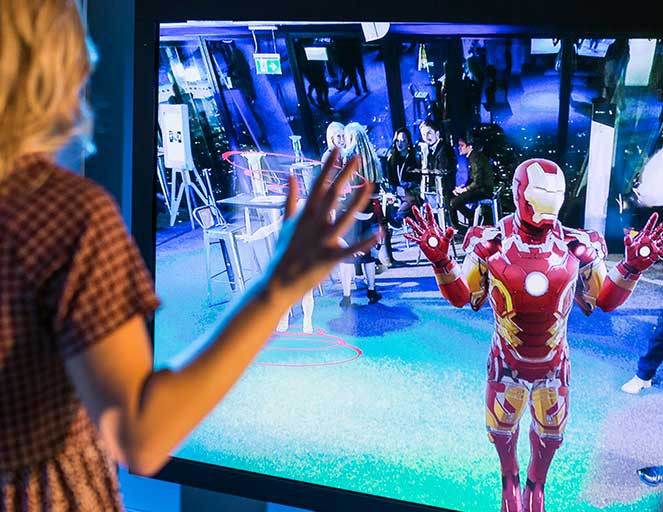
People retain more information when multiple senses are engaged. This isn’t new news. In 2005, Martin Lindstrom’s book, BRANDsense put forward the idea that the more senses a brand can engage, the more loyal its customers will be. In the past decade, brands big and small have been vying for a larger slice of consumers’ ever-decreasing attention spans through the use of multisensory experiences.
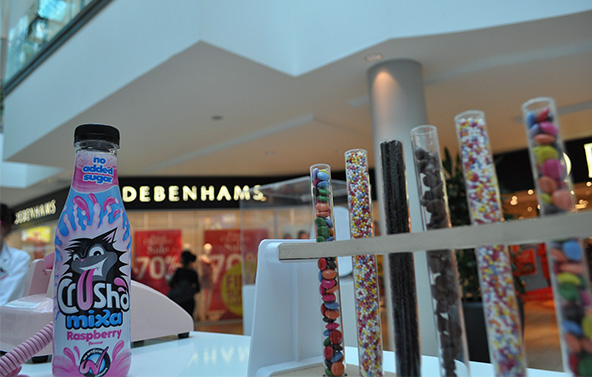
So, in today’s business landscape, events are an increasingly important part of the marketing mix.

From Johnnie Walker and Harris Tweed’s collaboration to make a whisky scented fabric to Heston Blumenthal’s famed Sound of the Sea dish, with an accompanying iPod playing the sound of crashing waves, marketing innovators have been driven to engage all five senses – sight, sound, smell, taste & touch.
Experiential events create multisensory experiences, stimulating the senses. They create real engagement through the ability to make people feel something about a brand, rather than being told what they should think. Live events break down barriers between brands and people, creating real and memorable experiences.
From experiential roadshows to stunts, pop-ups to product launches, conferences, social events and exciting brand activations, live events create genuine buzz, engagement and excitement about brands.

Quality Content
The CMI’s trends report also shows that creating engaging content is the top challenge for marketers, with over half (51%) citing content creation as their main challenge.
Content is king in an age where six in ten UK adults now use a smartphone and 300 hours of video are uploaded to YouTube every minute. When facing the content creation conundrum, marketers are increasingly turning to events, as they create a platform to create great and engaging content, both during and after an event.
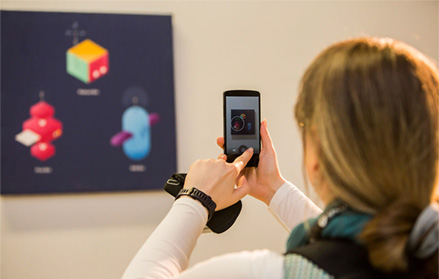
Share and Share Alike
Depending on its scale, an event may only host around 100 – 1000 people but with the advent of social media, the potential reach is much, much higher. When executed well, experiential events turn attendees into virtual megaphones, helping to amplify a brand’s message through sharing of content on social media.
Striking visuals and engaging entertainment at events create desirable photo opportunities, which can transform a physical event audience of thousands into a virtual audience of millions. When people are engaged at events, they become brand advocates, sharing positive messages amongst their social networks and creating valuable word of mouth endorsements that often, money just can’t buy.
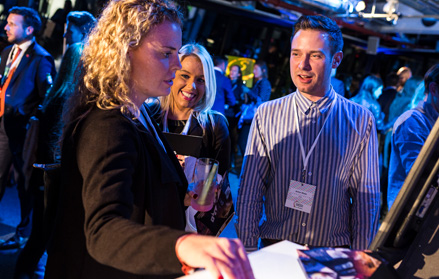
The Age of Big Data
Events aren’t just about boosting profile, awareness and engagement (though that’s a massive part of it, for sure). They also provide a chance to engage with customers and capture the real currency for 21st century brands: data.
Live events help generate lots of quality intel; helping brands to get to know their customers much more intimately. Sampling opinions from attendees helps brands gain a real insight into the attitudes, views and needs of their customers. Long after the event is over, brands can reap the rewards, creating sales and marketing strategies and customised activations and activity based on real-life people, not imagined and faceless demographics.
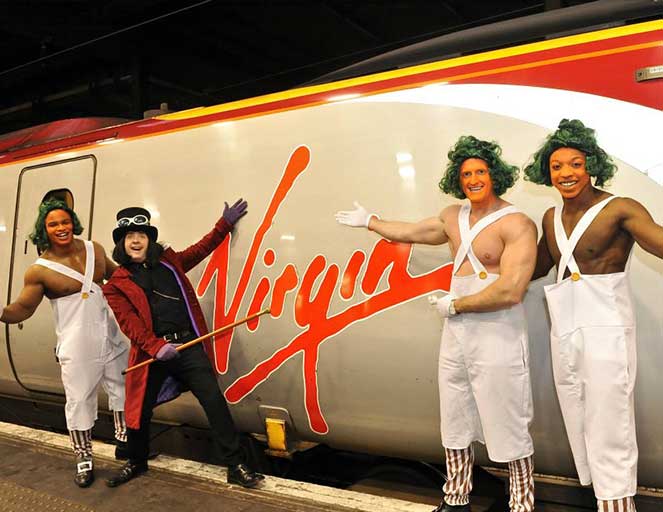

Boosting Employee Engagement through Internal Communications Events
When it comes to internal communications, live events really are priceless, helping to excite and engage your employees; embedding and instilling the company culture in a relaxed and informal setting away from the office, where people feel at ease.
If you’re interested in finding out more on how Internal Communications events can improve employee motivation, read our ‘Pursuit of Happiness’ blog post here.
At Clive, we’re on a mission; to make an impression; stand out and make a scene for our clients and their brands.
More than a brand experience agency, we help companies communicate, motivate, engage and express their brand personality.
Brand Experience Agency | London | Dublin | NYC | Digital Events | F2F Experiences | Hybrid
+44 (0)203 960 2000



